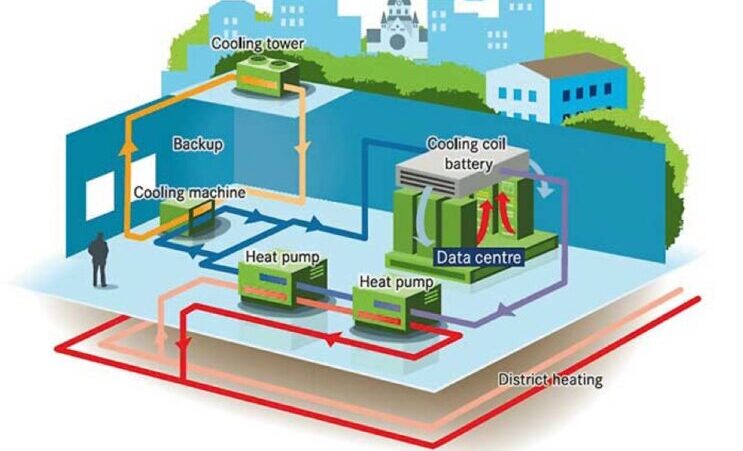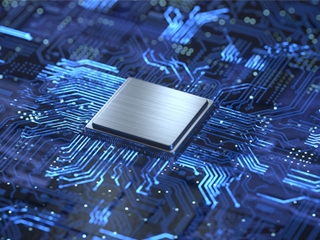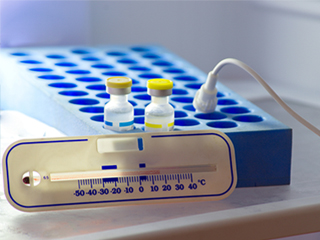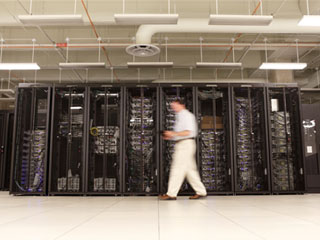Rise of the Sustainable Data Center – Concepts of Sustainability
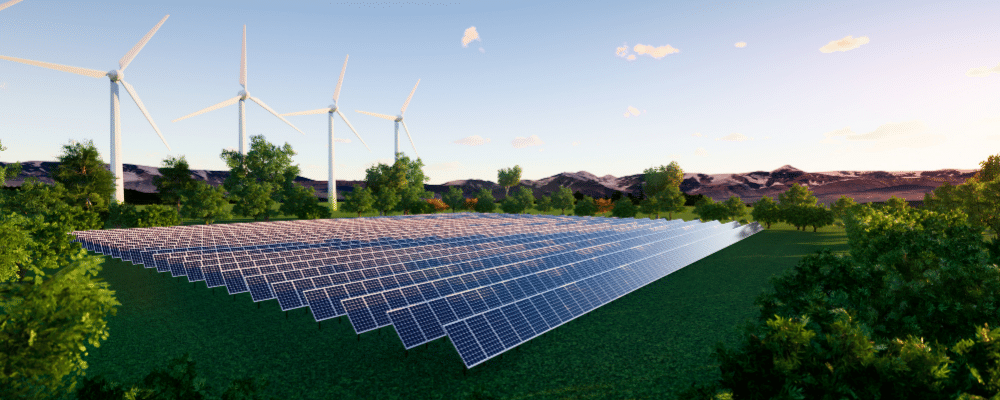
Photo Credit: www.techerati.com
New Concepts of Sustainability
Concepts of sustainability are being embraced by managers and operators of the data centers. They have contributed several key technologies while lowering their own power consumption. Google’s data centers, for example, now accommodate seven times the capacity of five years ago without an increase in their use of electricity. According to the U.S. Data Center Energy Usage Report, data center energy consumption rose by 4% between 2010 and 2014. This is less than the 24% rise seen in the preceding five years. In the future, energy consumption is anticipated to rise at a slower pace.
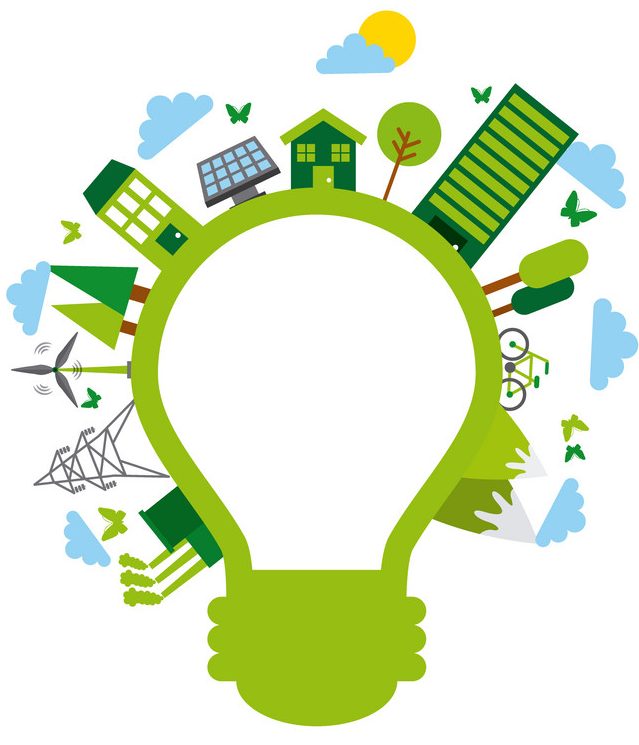
Photo Credit: .vectorstock.com
Most Promising Concepts of Sustainability
On the road to climate-neutral data centers, there are plenty of issues to overcome. Concepts of sustainability in IT and green data centers necessitate a paradigm shift and more development on a large scale. One or more of these issues might be solved using a variety of techniques and advancements like the following:
-
Cooling systems and technology
-
Datacenter infrastructure management (DCIM), consolidation, and condensing of data centers
-
Climate neutrality in energy production
1. Cooling Systems and Technology
Next-generation data centers will need to run at higher power densities. Innovation of air-conditioning design and high-performance cooling technology is all the more important. After staff and maintenance expenses, energy supply is the second-largest cost element in a data center. Greater energy efficiency, lower CO2 emissions, and improved sustainability are the economic interests of operators.
Liquid cooling will continue to be the preferred method in the future, despite the fact that it is far from perfect. The increasing concentration of racks and servers within data centers will rise to maximize the space capacity. Air cooling alone will probably not going be enough. This method reduces the need for fans, and the compact design of contemporary cooling equipment allows for more effective use of available space.
Indirect free-air cooling is an energy-efficient way of boosting cooling efficiency. However, it is insufficient over time. It lowers energy consumption and achieves a PUE of up to 1.15. But, the data center still consumes 15% more energy than the IT infrastructure on its own.
This isn’t enough to ensure climate neutrality. “PUE” as a metric isn’t a trustworthy indicator of energy efficiency. To achieve considerable progress, we need a mix of technological innovation, best practices, well-studied legislation in the area of cooling technology.
2. New Configurations in DCIM
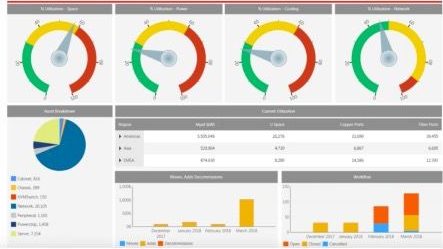
Photo Credit: www.nlyte.com
With the introduction of new concepts of sustainability, data centers need to be more flexible and scalable. To achieve this, operators must adopt efficient DCIM that will regulate the data center’s output. The math is straightforward: the more precise and flexible the systems respond, the more efficient a data center can run.
Still, the focus is on speeding data center consolidation, pooling data center locations, and further condensing hardware to decrease the demand for physical space and, as a result, lower the amount of energy required. In the following areas, there is still a lot of space for improvement:
-
Server utilization
-
Energy-efficient algorithms
-
Multiple storages of data
-
Relocation of computing load to where renewable energy is currently cheap
-
Extending the service life of devices
-
Increasing the recycling rate of hardware
-
Developing material alternatives to toxic substances and rare earth
3. Use of Residual and Waste Heat
4. Energy Production
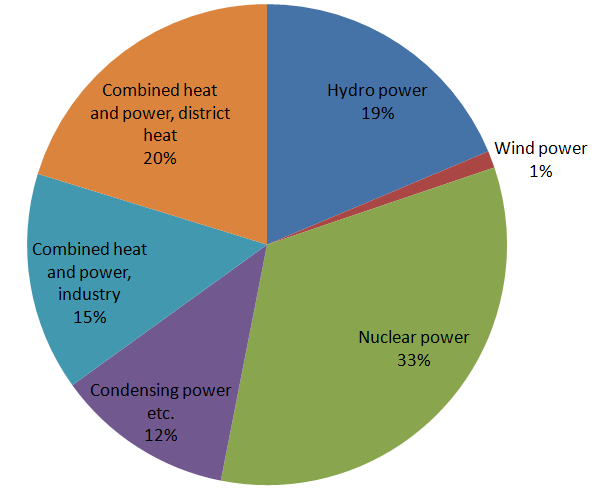
Photo Credit: wikimedia.org
The demand for renewable energy sources is also stated in the European Commission’s report. Relying on energy generation to be climate-neutral by the deadline is naïve and insufficient. However, attaining climate-neutral data center operation requires sustainable energy recovery.
Hydropower is a proven energy source for data centers in Scandinavia. IONOS, a German operator, transitioned to hydropower and uses electricity from hydropower facilities.
At the same time, the performance capacity of solar and wind energy is increasing. Solar energy is credited to have the potential to cover the requirements of a green data center using local energy production. The potential of other alternatives is still difficult to determine. However, they are already in motion to be an alternative to diesel generators used for emergency power supply.
Monitoring For A Sustainable Data Center
-
Reducing Cooling Power Consumption
-
Eliminating Overcooling
-
Making Changes to Airflow to Address Hot-Spots
-
Manage Aisle Temperatures
-
Improve Heat Containment in High-Density Racks.
Real-time monitoring of data center conditions has several advantages that cannot be overstated. Improving energy efficiency and sustainability is a long-term endeavor. Operators must constantly have the most up-to-date data in order to make informed decisions and, ultimately, enhance their facilities. Furthermore, real-time data from these same monitoring technologies communicate crucial information about an issue within the data center at its inception, giving employees critical time to identify a solution before downtime occurs. Data centers that take this strategy may decrease operational expenses while also becoming stronger members of their ecosystems, which helps us all.
AKCP Monitoring Solutions
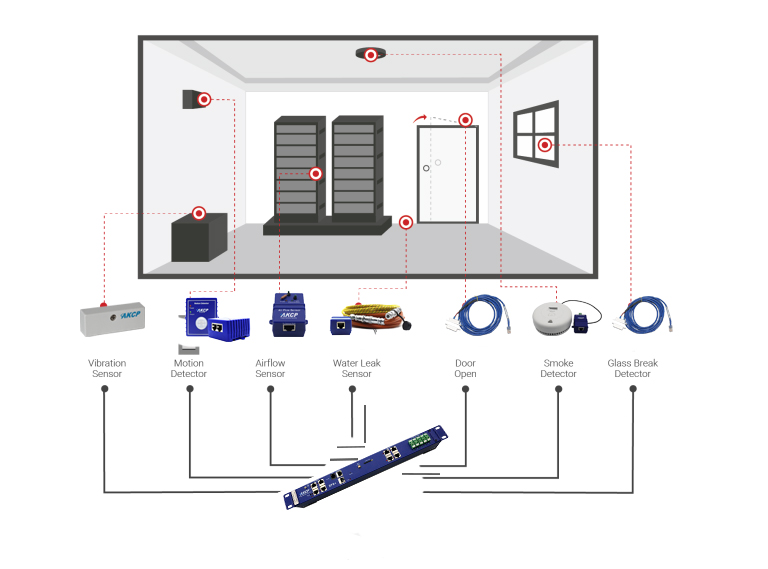
AKCP Environment Monitoring
AKCP created a system to be used in monitoring and creating data using dashboards to aid in making choices and tracking sustainability progress. This comprises user interface software and a variety of smart sensors. This monitoring system may be used to track our carbon footprint as well. After all, as the saying goes, if you don’t measure it, you won’t be able to manage it.
Environmental Monitoring
Monitor all your temperature, humidity, airflow, water leak, and other environmental sensors. Configure rack maps to show the thermal properties of your computer cabinet, check the temperature at the top, middle, bottom, front, and rear, as well as temperature differentials.
Power Monitoring
Monitor single-phase, three-phase, generators, and UPS battery backup power. AKCPro Server performs live Power Usage effectiveness (PUE) calculations so you have a complete overview of your power train and how adjustments in your data center directly impact your PUE.
Reference Links:
https://www.nlyte.com/faqs/what-is-dcim/
https://colohouse.com/environmental-monitoring-in-the-data-center/https://cdn5.vectorstock.com/i/1000×1000/76/09/sustainability-and-ecology-design-vector-14087609.jpg
https://www.datacenterdynamics.com/en/analysis/the-business-case-for-sustainability-in-data-centers/
https://datacenterfrontier.com/waste-heat-utilization-data-center-industry/

